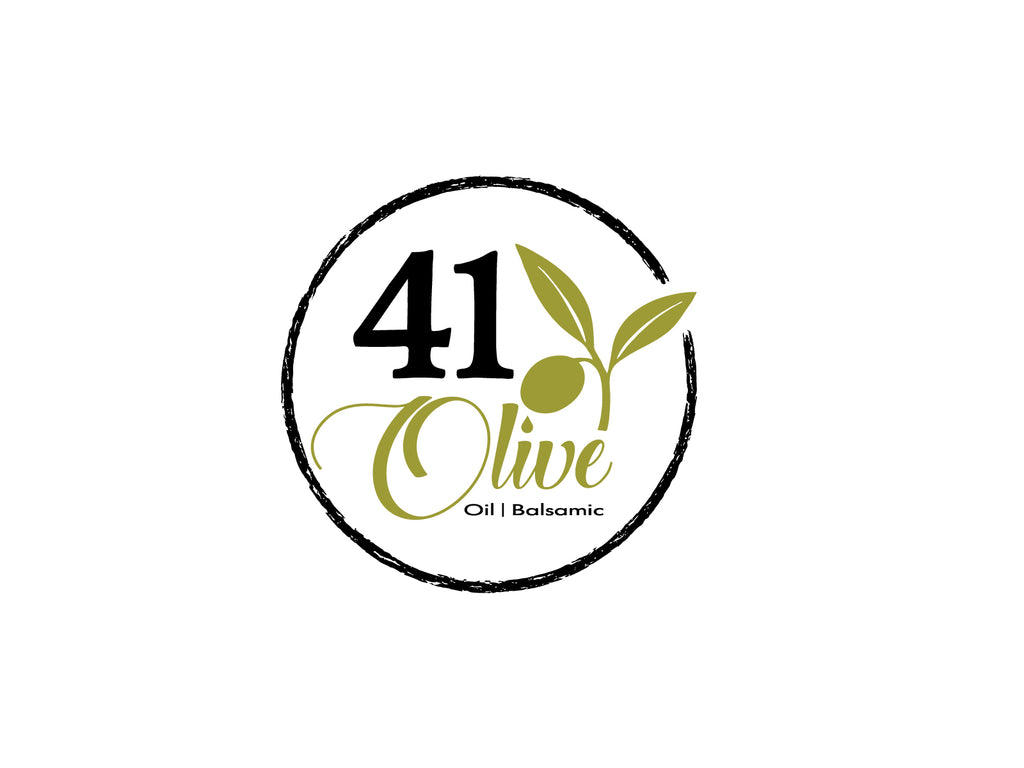Understanding the Smoke Point of Olive Oil: How to Choose the Right Oil for Cooking
Olive oil is a versatile and healthy oil that is commonly used in cooking. However, not all olive oils are created equal when it comes to cooking. One important factor to consider is the smoke point of the oil. In this article, we will discuss what the smoke point of olive oil is, why it is important, and how to choose the right olive oil for cooking.
What is the Smoke Point of Olive Oil?
The smoke point of olive oil is the temperature at which it begins to smoke and break down, producing harmful compounds and a burnt taste. The smoke point varies depending on the type of olive oil and its level of refinement.
Extra-virgin olive oil, which is made from the first cold-pressing of the olives, has a lower smoke point of around 375-405°F (191-207°C), while refined olive oil has a higher smoke point of around 465°F (240°C). Other factors that can affect the smoke point include the age of the oil, the presence of impurities, and the method of extraction.
Why is Smoke Point Important?
Cooking with an oil that has surpassed its smoke point can have negative health effects. As the oil breaks down, it releases harmful compounds, such as acrolein, which can cause eye and throat irritation and even respiratory issues. Additionally, cooking with an oil that has surpassed its smoke point can produce a burnt taste that can ruin the flavor of the dish.
How to Choose the Right Olive Oil for Cooking
When it comes to choosing the right olive oil for cooking, the smoke point should be taken into consideration. Here are some tips on how to choose the right olive oil for different types of cooking:
-
High-heat cooking: For cooking methods that require high heat, such as frying, searing, or roasting, it is best to use an oil with a high smoke point, such as refined olive oil, avocado oil, or peanut oil.
-
Medium-heat cooking: For cooking methods that require medium heat, such as sautéing or baking, it is best to use an oil with a medium smoke point, such as extra-virgin olive oil, coconut oil, or canola oil.
-
Low-heat cooking: For cooking methods that require low heat, such as simmering or poaching, it is best to use an oil with a low smoke point, such as extra-virgin olive oil or grapeseed oil.
-
Raw applications: For raw applications, such as salad dressings or dips, it is best to use a high-quality extra-virgin olive oil, which has a lower smoke point but retains its flavor and health benefits.
In addition to considering the smoke point, it is important to choose a high-quality olive oil that is fresh and free from defects. Look for oils that are labeled "cold-pressed" or "first-press," which indicate that the oil was produced without the use of heat or chemicals, and avoid oils that are labeled "light" or "pure," which are often highly refined and lacking in flavor and nutrients.
Conclusion
The smoke point of olive oil is an important factor to consider when choosing the right oil for cooking. Cooking with an oil that has surpassed its smoke point can produce harmful compounds and a burnt taste, which can affect the health and flavor of the dish. By choosing the right olive oil for different types of cooking and considering the smoke point, you can ensure that you are using a safe and healthy oil that will enhance the flavor of your dishes.
